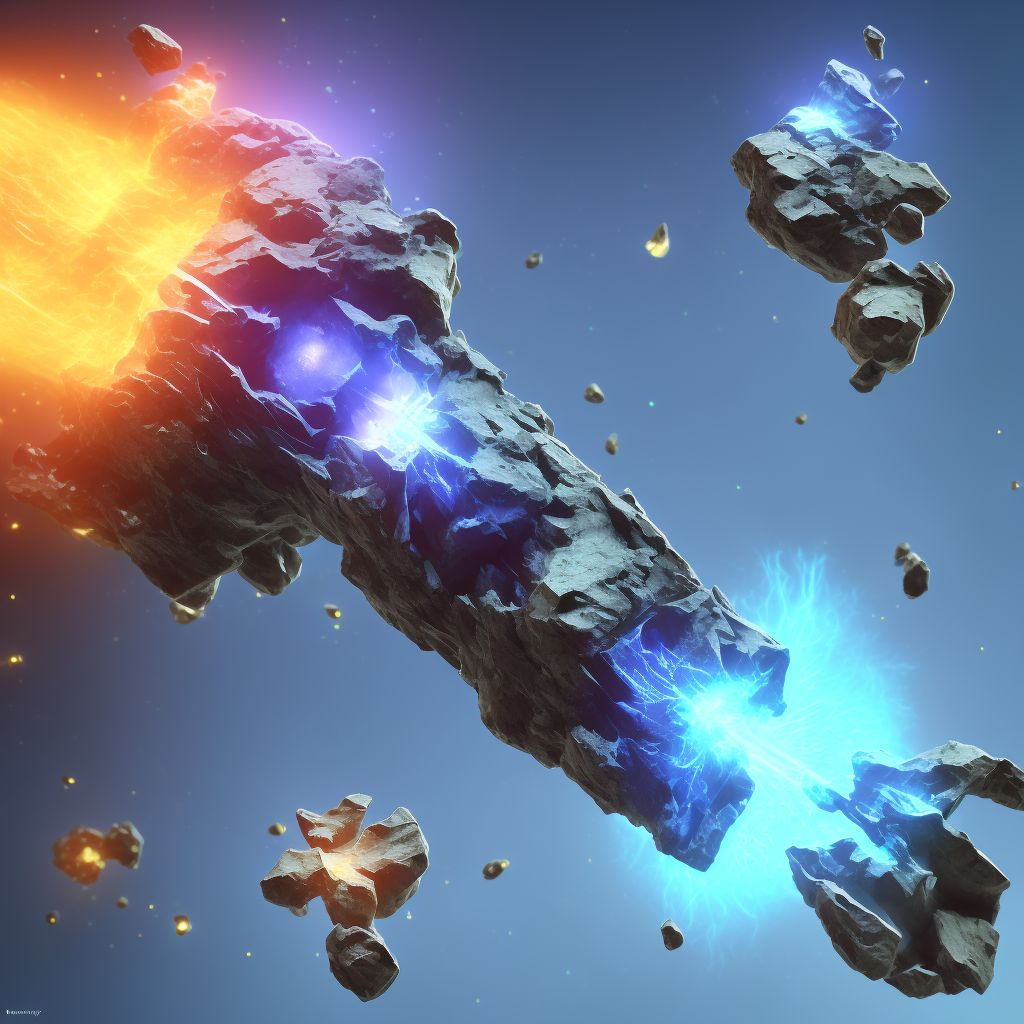
Nondisplaced transverse fracture of shaft of left fibula, initial encounter for open fracture type IIIA, IIIB, or IIIC Save
ICD-10 code: S82.425C
Disease category: S82.425: Nondisplaced transverse fracture of shaft of left fibula
Nondisplaced Transverse Fracture of the Shaft of the Left Fibula: Understanding Open Fracture Types IIIA, IIIB, or IIIC
A nondisplaced transverse fracture of the shaft of the left fibula is a specific type of bone injury that requires medical attention. This article will provide an overview of this condition, focusing on the initial encounter for open fracture types IIIA, IIIB, or IIIC.
- Definition: A nondisplaced transverse fracture refers to a break in the fibula bone, which is located on the outer side of the lower leg. In this type of fracture, the bone remains in alignment without any significant displacement.
- Open Fracture Types: Open fractures are categorized into different types based on the severity of soft tissue damage. Open fracture type IIIA involves a wound less than 1 cm in size, with minimal soft tissue damage. Type IIIB fractures have more extensive soft tissue damage, including injuries to muscles, tendons, and nerves. Type IIIC fractures are the most severe, involving arterial injuries requiring vascular repair.
- Symptoms: Common symptoms of a nondisplaced transverse fracture of the shaft of the left fibula include pain, swelling, bruising, and difficulty bearing weight on the affected leg. In open fractures, additional signs may include an open wound, exposed bone, or protruding fragments.
- Diagnosis: To diagnose this type of fracture, a healthcare professional will conduct a physical examination and may order imaging tests such as X-rays or CT scans. These tests help determine the extent of the fracture and identify any associated soft tissue injuries.
- Treatment: While this article does not cover treatment, it's important to note that the approach to treatment depends on various factors, including the severity of the fracture, the type of open fracture, and the patient's overall health. Treatment options may include immobilization with a cast or splint, realignment of the bone through manipulation, or surgical intervention.
In conclusion, a nondisplaced transverse fracture of the shaft of the left fibula is a specific type of bone injury that can be classified as an open fracture type IIIA, IIIB, or IIIC. If you suspect you have this type of fracture, it is crucial to seek medical attention for proper diagnosis and treatment.
Treatment of Nondisplaced transverse fracture of shaft of left fibula, initial encounter for open fracture type IIIA, IIIB, or IIIC:
Treatment Options for Nondisplaced Transverse Fracture of Shaft of Left Fibula
Dealing with a nondisplaced transverse fracture of the shaft of the left fibula can be a challenging situation. However, with the right treatment options, patients can experience a successful recovery and regain their mobility. Here, we will explore some commonly used treatment methods for this specific ...
To see full information about treatment please Sign up or Log in